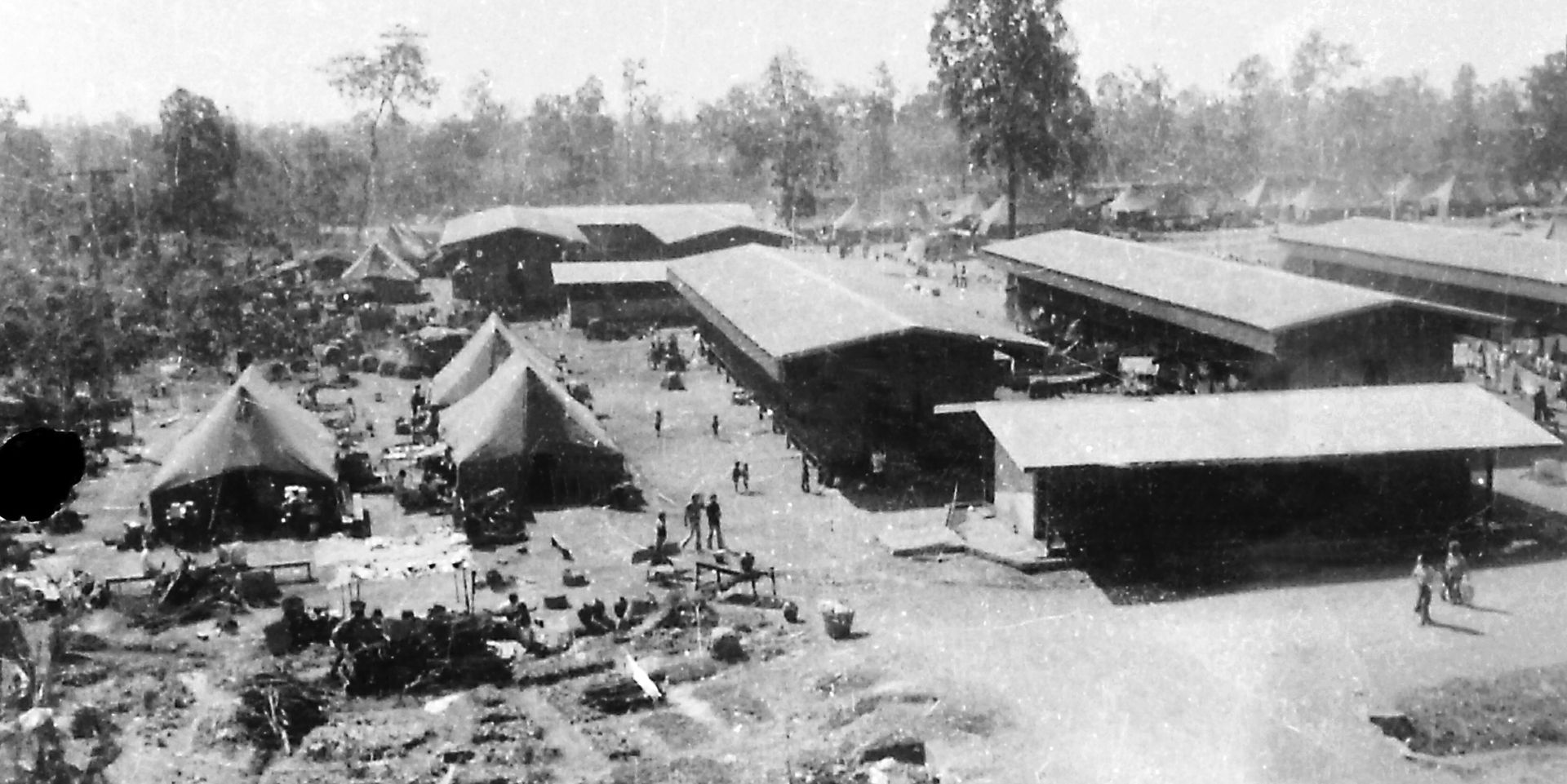
Nam Phong Refugee Camp
The Royal Thai Air Base Nam Phong, located in Khon Kaen Province in northeastern Thailand, was originally built as a U.S. military base during the Vietnam War. The base was mainly used by the United States Marine Corps to support air missions over Vietnam, Laos, and Cambodia. The Marines called it "The Rose Garden," and it played an important role in U.S. military operations in Southeast Asia. After the U.S. ended its military activities in 1973, the base was mostly abandoned and later controlled by the Royal Thai Air Force.
In June 1975, Nam Phong was turned from a military base into the first official Hmong refugee camp. This change happened because the first 3,000 Hmong families had to flee from Long Cheng, Laos, to escape the advancing communist forces. These families sought safety in Thailand. Along with those from Long Cheng, other Hmong refugees who crossed into Thailand through Nong Khai were also brought to Nam Phong.
Living conditions at Nam Phong were tough. Refugees lived in tents provided by Japan and in old military buildings that had been left behind by the U.S. Marines. The camp was put together quickly, and there weren't enough resources to go around. There was no official funding to help the Hmong refugees, which made their situation very difficult. To help meet the basic needs of the refugees, General Vang Pao and Jerry Daniels, a CIA agent who had worked closely with the Hmong during the Secret War in Laos, used the last of the CIA's funds to buy food and other necessary supplies.
Even with these efforts, life at Nam Phong was challenging, with limited access to basic necessities like food and clean water. The camp's story shows how desperate the Hmong refugees' situation was and how hard their leaders worked to provide some stability during a very difficult time. Nam Phong was an important temporary refuge for many Hmong families before they were moved to other camps, like Ban Vinai, or resettled in other countries.

